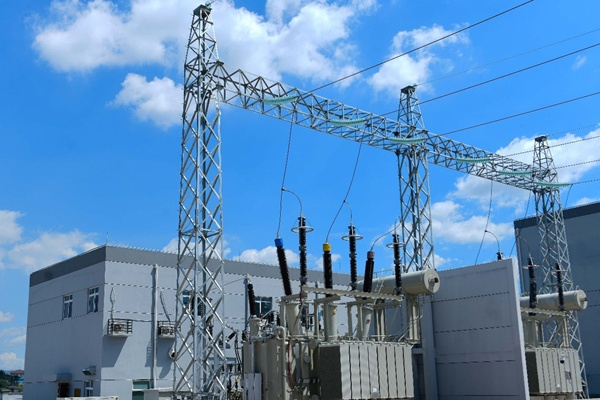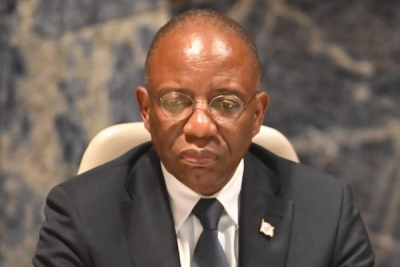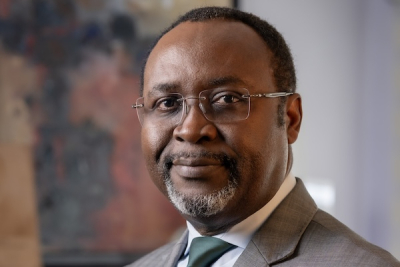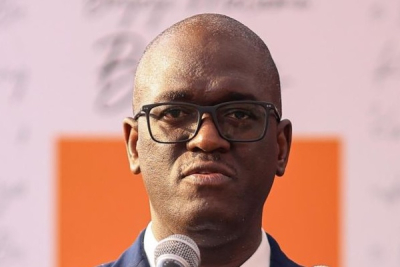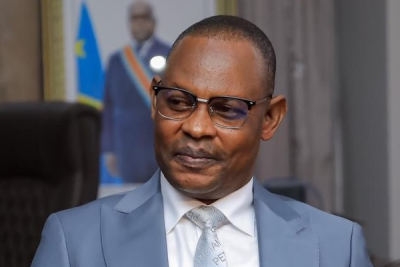Congolese power utility, Société Nationale d'Electricité (SNEL), has missed out on a sales opportunity of about $4 billion in the mining sector over the past five years. Fabrice Lusinde, the utility’s managing director, disclosed the figure last week, during the 10th Makutano Forum, in Kinshasa. Lusinde spoke during a panel titled "Energy deficit: what if the miners brought the light?"
"Mining customers buy energy from SNEL for around $800 million. But alongside this, they import $200 million worth of electricity from southern Africa and, according to our calculations, they also spend between $500 and $600 million on petroleum products to run their thermal parks. In the end, we realize that the miners have spent around $4 billion over the last five years," he explained. SNEL's assets represent 63% of public holdings.
According to sources consulted by Bankable, from 2019 to 2023, the money spent to bridge the power deficit in the mining sector, on average every year, exceeded the SNEL's average annual turnover. For instance, from 2020 to 2022, the SNEL's average annual turnover was $762 million.
A concerned Lusinde said these monies could have been used to develop hydroelectricity for green energy in the mining sector. "Mining firms are struggling. They want to produce but know that launching a hydroelectric project could take six or seven years, or even five years in some cases. Diesel is expensive but with it, energy can be produced within six months," explained Jean-Pierre Nzuru, Technical Director of Ivanhoe Mines Energy.
Insufficient Investments
However, Nzuru pointed out that mining companies are financing several SNEL power plant rehabilitation projects. For example, he stressed that Ivanhoe Mines Energy has helped rehabilitate around 256 MW of installed capacity. "Combined, miners are rehabilitating a capacity of around 820 MW of installed power. Some projects have already been completed, while others are still in progress," he added.
Founded in 1970, the SNEL still relies on aging production and distribution infrastructure, which prevents it from reaching its installed production capacity. Between 2020 and 2022, the company announced investments of around $203 million, not enough to meet growing energy needs. With an economic profitability of just 3%, the SNEL struggles to borrow long-term on the local market, where banks demand interest rates of at least 13% on government bonds in foreign currency. Additionally, the international market remains inaccessible due to poor perceptions of the country and the company by foreign investors.
The DRC’s power sector has tremendous business. Indeed, besides the market share lost in the mining sector, several billion dollars are lost by electricity operators due to high distribution costs, which leads many households to rely on firewood for cooking. This gap between a clear opportunity and insufficient investment, particularly from public players, remains a challenge in Africa's second-largest country.
Georges Auréole Banda






